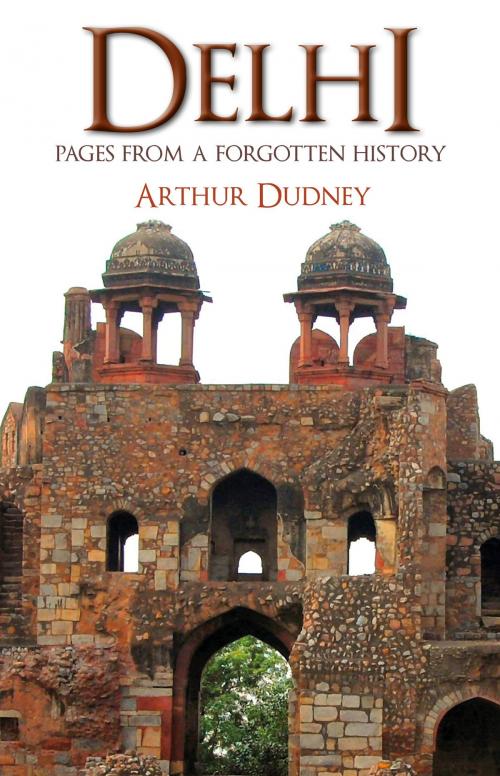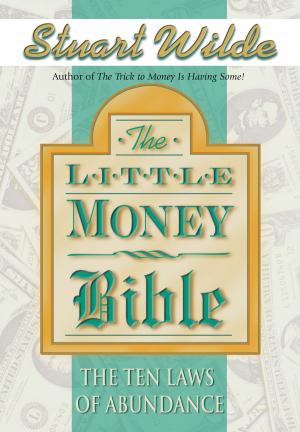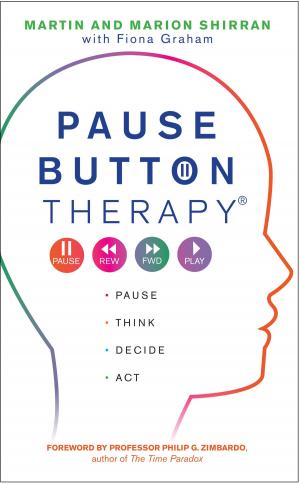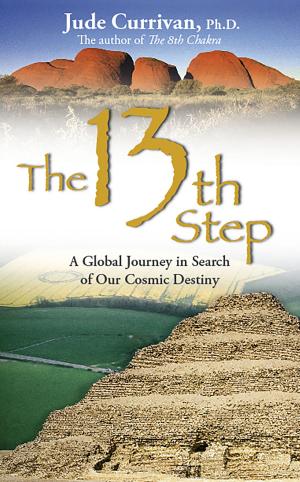| Author: | Arthur Dudney | ISBN: | 9789384544317 |
| Publisher: | Hay House | Publication: | March 1, 2015 |
| Imprint: | Hay House India | Language: | English |
| Author: | Arthur Dudney |
| ISBN: | 9789384544317 |
| Publisher: | Hay House |
| Publication: | March 1, 2015 |
| Imprint: | Hay House India |
| Language: | English |
We shall not cease from exploration, And the end of all our exploring, Will be to arrive where we started, And know the place for the first time’ - Four Quartets, T.S. Eliot The megacity that is today’s Delhi is built upon thick layers of history. For a millennium, Delhi has been at the crossroads of trade, culture, and politics. The stories of its buildings and great historical personalities have been told many times, but this book approaches the past of India’s capital through its literary culture. By focusing on writers and thinkers, we meet a colourful cast of characters only glancingly mentioned in political histories. Many Delhiites are surprised to learn that the language of their city’s cultural heyday was Persian. Despite first being brought to India by invaders, it eventually became an authentically Indian language used in both administration and literature. Although it was cultivated by an elite, it was also a widely available language of aspiration and opportunity, like English today. It connected India to the wider world, and the Indian Subcontinent, particularly Delhi, was once a place where talented poets and scholars from the whole Persian cultural world – from Turkey to eastern China – came to make their fortunes. Its traces remain everywhere but Persian is effectively a dead language in India today.
We shall not cease from exploration, And the end of all our exploring, Will be to arrive where we started, And know the place for the first time’ - Four Quartets, T.S. Eliot The megacity that is today’s Delhi is built upon thick layers of history. For a millennium, Delhi has been at the crossroads of trade, culture, and politics. The stories of its buildings and great historical personalities have been told many times, but this book approaches the past of India’s capital through its literary culture. By focusing on writers and thinkers, we meet a colourful cast of characters only glancingly mentioned in political histories. Many Delhiites are surprised to learn that the language of their city’s cultural heyday was Persian. Despite first being brought to India by invaders, it eventually became an authentically Indian language used in both administration and literature. Although it was cultivated by an elite, it was also a widely available language of aspiration and opportunity, like English today. It connected India to the wider world, and the Indian Subcontinent, particularly Delhi, was once a place where talented poets and scholars from the whole Persian cultural world – from Turkey to eastern China – came to make their fortunes. Its traces remain everywhere but Persian is effectively a dead language in India today.















